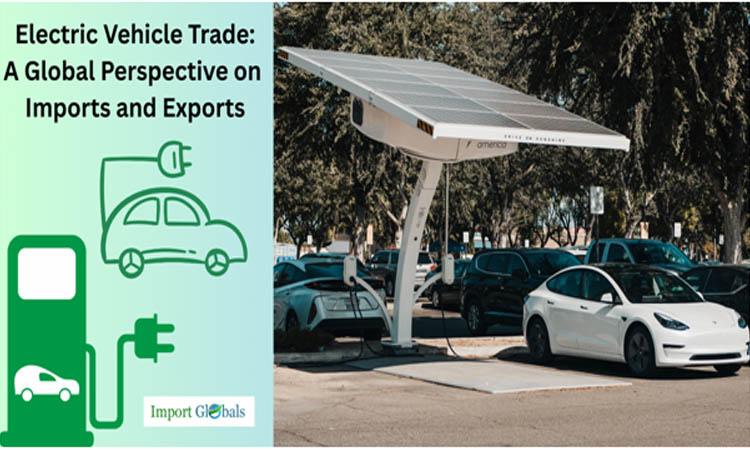
- May 08, 2025
2024 Electric Vehicle Trade: A Global Perspective on Imports and Exports
The market for electric vehicles (EVs) has grown significantly in recent years, and the international commerce of EVs has emerged as a major topic of interest. The demand for electric vehicles keeps growing as the globe moves more and more toward greener options and lowers carbon emissions. According to Import Globals' global import trade statistics, the electric vehicle market in 2024 presents an intriguing trading environment with significant importers and exporters, pricing patterns, and strategic insights.
Global EV Trade: A Comprehensive Overview for 2024
The global shift to sustainable mobility now heavily relies on electric vehicles. The demand for EVs has increased as nations step up their efforts to adopt green technologies and reduce pollution. In addition to consumer choices, government initiatives supporting sustainable energy and electric vehicles are also responsible for this rise.
The global export of electric vehicles reached almost $150 billion in 2023, a huge 60.1% year-over-year growth from $93.6 billion in 2022, according to the Import Globals study on Global Import Export Data. This increasing trend shows that the electric car export business is expanding quickly and is still outpacing the conventional auto industry.
EVs now make up 15.7% of the worldwide vehicle market's total revenue, a number that has grown dramatically in recent years, according to Import Globals' analysis on export import global trade data. As governments and corporations engage in cutting emissions and expanding electric mobility solutions, this number illustrates the growing global adoption of electric vehicles.
Electric Vehicle Export Data
The export market for electric vehicles has grown significantly in recent years, according to Import Globals' Global Export Data. This is a summary of the electric car export value between 2019 and 2023. The export figures show that EVs are becoming more and more common in international markets, in addition to the rise in the quantity of EVs being exported. As EVs become more accessible and affordable, these trends are predicted to continue through 2024, with many emerging nations seeing an increase in EV imports.
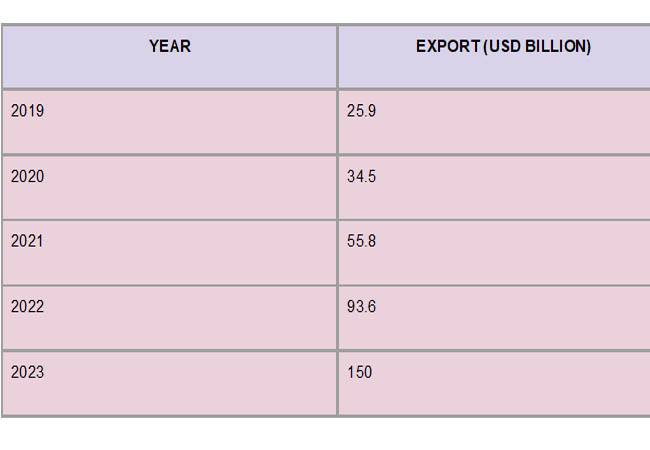
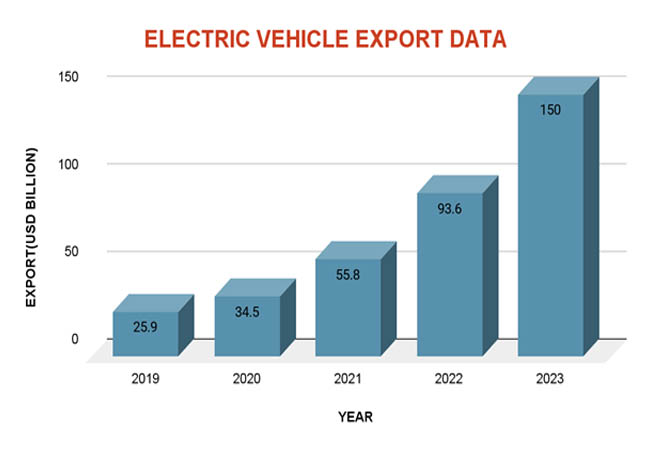
The Rise of Electric Vehicle Exports: Key Players
The worldwide EV export scene is dominated by the top exporting nations. Together, these five nations accounted for over 70% of the world's electric car exports in 2023, per a study by Import Globals on Global Trade Data. The top exporters were China and Germany, with China dominating the market for mass-market, low-cost electric vehicles like the BYD Dolphin and Atto 3.
Germany's strong automotive industry and advancements in EV technology have allowed it to maintain its position as a major participant. In the meantime, Hyundai and Kia, two of South Korea's biggest manufacturers, make a substantial contribution to the EV export market. The major participants in the EV export market are as follows:
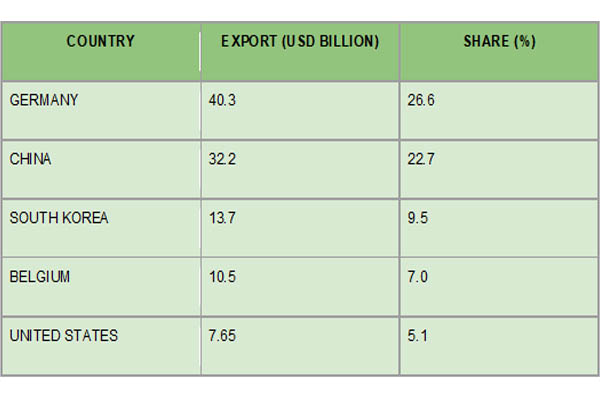
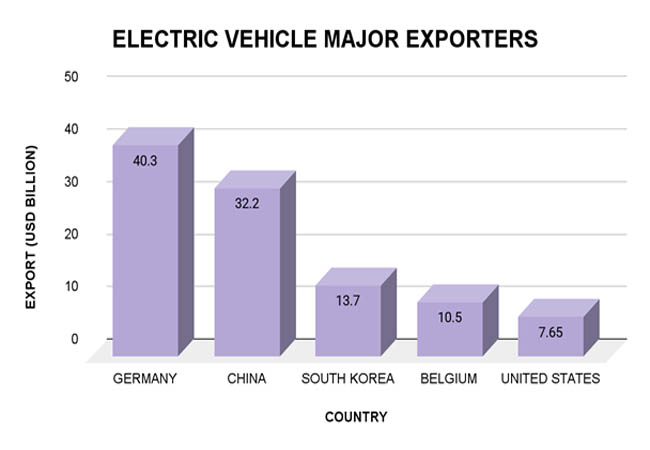
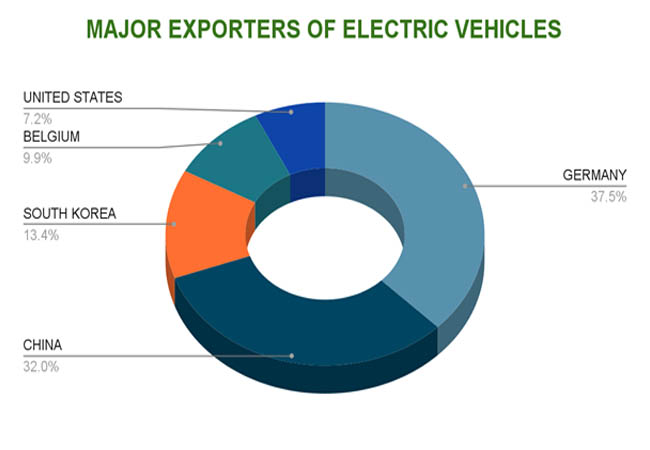
Transforming Mobility: Top Electric Vehicle Importers
Significant import activity has occurred in the worldwide trade of electric vehicles, with several nations leading the way in terms of import values. The United States continues to be the biggest importer of EVs, followed by Germany and the United Kingdom, according to IMPORT GLOBALS' analysis on Global Import Data. These markets are anticipated to remain crucial to the EV trade due to the rising demand for EVs and the drive to achieve net-zero emissions by 2050. The following are the main importers of electric vehicles:
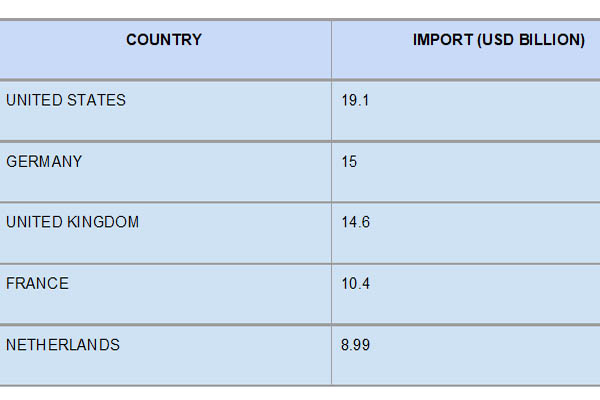
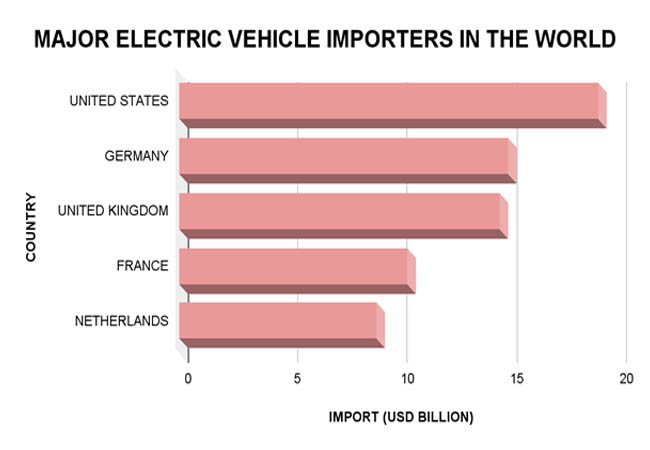
Trade Balances and Trade Deficits/Surpluses
According to the Import Globals research on Import Export Global Data, the US and the UK have a trade deficit in electric vehicles, whilst nations like China and Germany have a trade surplus. These trade disparities demonstrate how some nations dominate the world market for electric vehicles (EVs) and how dependent countries like the United States and the United Kingdom are on imports from top exporters.
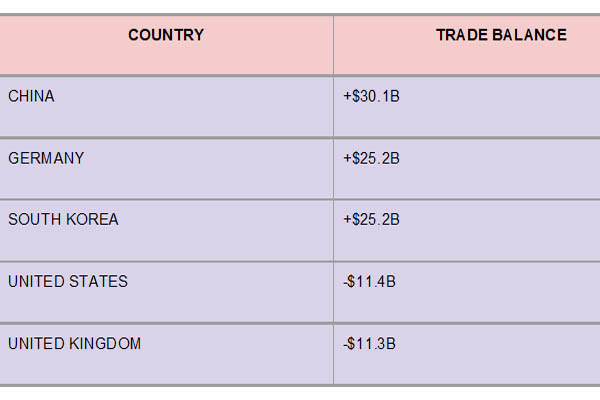
Leading Electric Vehicle Products Globally
The leading models of electric vehicles that control international trade are the Tesla Model 3 and Model Y are manufactured in China and the United States, and they are sold extensively to Europe and Asia. BYD Dolphin and Atto 3! BYD's electric cars have become quite popular in international markets, thanks to their robust expansion in Europe and Latin America. Volkswagen ID.4 electric SUV, which is made in China and Germany, is another significant participant in the global EV market.
EV Pricing Trends
According to Import Globals' Import Export Trade Data, the cost of electric vehicles varies significantly depending on the market, model, and improvements in technology. Depending on the brand and characteristics, the typical cost of an electric vehicle in the export market in 2024 can vary from $20,000 to more than $50,000. Models like the BYD Dolphin, for instance, are very competitive in areas where cost is a significant consideration because they are priced under $30,000.
Furthermore, trade agreements and tariffs still have an impact on pricing dynamics. The ultimate pricing in these markets have been impacted by tariffs placed on Chinese-made electric vehicles by nations such as the United States and EU members.
Key Predictions for Global EV Import and Export in 2024
It is anticipated that the global EV market will keep expanding in 2024. According to Import Globals' Export Import Global Trade Data, this upward trend will be fueled by developments in battery technology, rising investments in EV infrastructure, and ongoing government incentives for EVs. Furthermore, it is anticipated that EV prices will become more competitive as technology advances and battery costs decline, increasing demand in both established and emerging countries.
Global EV Trade Strategies
According to an Import Globals Study on Import Export Global Data, some factors will influence the future of global commerce in electric vehicles:
Manufacturing and Supply Chain: It will be essential to move toward localizing production in order to reduce supply chain risks. To lessen their reliance on imports, manufacturers are putting more effort into obtaining essential elements like cobalt and lithium.
Technological Developments: Solid-state batteries and other battery developments will lower costs and increase vehicle range, increasing the appeal of electric vehicles to buyers around the world.
Government Policies: Trade agreements, environmental laws, and tariffs will all continue to have an impact on the cross-border movement of electric vehicles. Policies that encourage the manufacture and use of EVs are expected to continue to be supported by nations that are dedicated to achieving net-zero emissions.
Conclusion
The 2024 global import and export statistics for electric vehicles show a quickly expanding market that is revolutionizing the auto sector. According to Import Globals' analysis on Global Import Export Trade Data, the EV industry is expected to continue growing as long as major importers like the United States and the United Kingdom continue to dominate trade with leading exporters like China, Germany, and South Korea. The EV market appears to have a bright future as long as consumer demand for EVs rises, pricing dynamics change, and sustainability-promoting regulations are maintained.
If you are looking for detailed and up-to-date Import Export Global Data, you can contact Import Globals.
FAQs
Que. Which nations will export the most electric vehicles in 2024?
Ans. China and Germany are the top exporters, followed by South Korea, Belgium, and the United States, and Germany.
Que. Which nations import more electric cars than any other?
Ans. The United States, Germany, the United Kingdom, France, and the Netherlands are the top importers of electric vehicles.
Que. Which models of electric vehicles are the most popular worldwide?
Ans. The BYD Dolphin and Atto 3, the Volkswagen ID.4, and the Tesla Model 3 and Model Y are all well-liked vehicles.
Que. What impact have tariffs had on EV prices globally?
Ans. Chinese manufacturers have negotiated to reduce the impact of tariffs on their export prices, particularly those imposed by the United States and the European Union.
Que. What is the market projection for electric vehicles in 2024?
Ans. Because of government subsidies, growing consumer adoption of electric vehicles, and technology developments, the EV market is anticipated to continue expanding in 2024.
Que. Where to obtain detailed Import Export Global Data?
Ans. Visit www.importglobals.com or email info@importglobals.com for more information on up-to-date Import Export Global Data.
